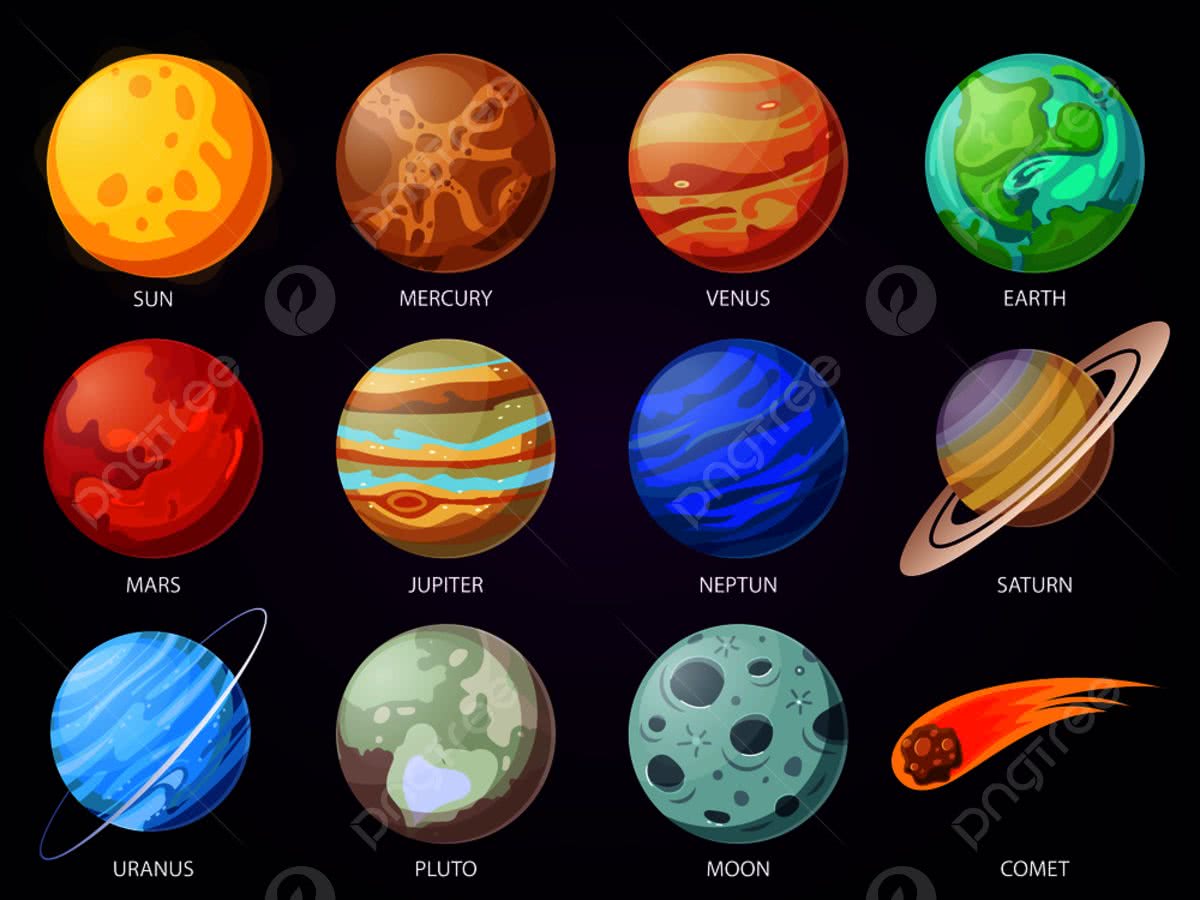Envisioning a planet that exists in two dimensions invites a wealth of thought experiments, as it fundamentally challenges our perceptions of space, matter, and life as we know them. Our conventional understanding of planets encompasses three-dimensional bodies that possess mass, volume, and gravity. However, considering a two-dimensional world—where length and width exist, but height is a mere mirage—opens the door to a myriad of implications that touch both the physical sciences and philosophical musings.
The first stride into this exploration requires us to imagine the configuration of a two-dimensional planetary body. Unlike terrestrial spheres, our hypothetical planet might resemble a flat disk or a simplified, abstract representation of a circle. This brings us to ponder the very nature of gravity, a force that, in our three-dimensional understanding, attracts mass to a centralized point. In a two-dimensional realm, gravity would behave in a distinctly anomalous manner. The gravitational force would function in a radial manner, uniformly attracting all mass toward the center of the disk. For any entity on the surface of this planet, the experience of gravity would be paradoxical; beings could not escape attraction to the central point, rendering any concept of ‘up’ and ‘down’ moot.
Additionally, the composition of a two-dimensional planet would deviate significantly from our experiences. It would be an assemblage of particles arranged in a strict planar topology. True solid, liquid, or gaseous states, as observed in our three-dimensional universe, could not exist readily. Matter would exist in a state reminiscent of a two-dimensional gas or collection of particles, where interactions are limited to surface tangencies rather than volumetric displacements. Consequently, elemental bonds and molecular structures would be fundamentally altered. The absence of depth would lead to limitations in molecular interactions; chemical reactions could occur only at the interface of these two-dimensional entities, significantly hindering the complexity seen on our own planet.
To further elucidate, consider the implications for biological life forms on such a planet. The evolutionary paths available to organisms would be profoundly restricted by their inherent two-dimensionality. These beings may emerge as flat, self-replicating structures but would lack the anatomical features necessary for mobility as understood in three dimensions. Locomotion, as we perceive it, would require a mechanism to navigate vertically; thus, any form of animal capable of movement would necessitate a novel adaptation to traverse the surface. Communication, too, would present new challenges. Transference of information might rely on surface interactions, with light and sound propagation behaving optimally solely within the plane.
From a biological perspective, reproduction would be equally contingent upon this planar existence. Reproductive success in a traditional sense hinges on complex interactions across three dimensions. Yet, in a two-dimensional framework, multiplication of life forms might occur through direct contact or the fission of flat organisms. The diversity and evolutionary pathways that enable speciation would be significantly limited, potentially resulting in homogenized ecosystems with reduced biodiversity.
In a broader context, the physics governing this two-dimensional planet would also detach from what is familiar to us. The fundamental forces—including electromagnetism and weak and strong nuclear interactions—would need to adapt. Electromagnetic fields, for instance, would produce distinct patterns of interaction in a slice of two-dimensional reality. On the other hand, the concept of a planetary atmosphere could be entirely redefined, as particles would struggle to encapsulate a nearly gravity-less plane, leading to a fascinating absence of gaseous layers trapping at the surface.
Moreover, the planet’s geological features would be decidedly influenced by the two-dimensional constraint. Mountain ranges and valleys, traditional manifestations of tectonic activity, would be nonexistent. Instead, geological formations might appear as intricate, contiguous patterns on the plane, potentially evolving visually striking yet structurally simplistic patterns defined by lateral shifts rather than vertical movements.
This thought experiment raises compelling questions about existential concerns and perceptions of reality itself. In contemplating a two-dimensional planet, one can’t help but reflect on the intricate ballet between dimensionality and perception. The limitations imposed by a lack of depth evoke questions regarding how beings would conceptualize their world—what would suffuse their knowledge, their beliefs, and indeed, their philosophy of existence? Would beings living in such a universe yearn for the undefined ‘z-axis’, or would they find beauty and meaning in their flat reality?
Ultimately, the construct of a two-dimensional planet serves not merely as an academic exercise but as a contextual framework within which we probe the nature of existence and the attributes of our three-dimensional universe. This exploration stirs an abiding inquiry into the underpinnings of reality, stoking a sense of wonder about our own universe’s complexity and leading to a richer comprehension of the fundamental physics governing all I the life that populates it. As we ponder these ideas, we embrace not just the allure of theoretical physics, but a deeper fascination with the boundless potential of life’s manifestations within all conceivable dimensions.












